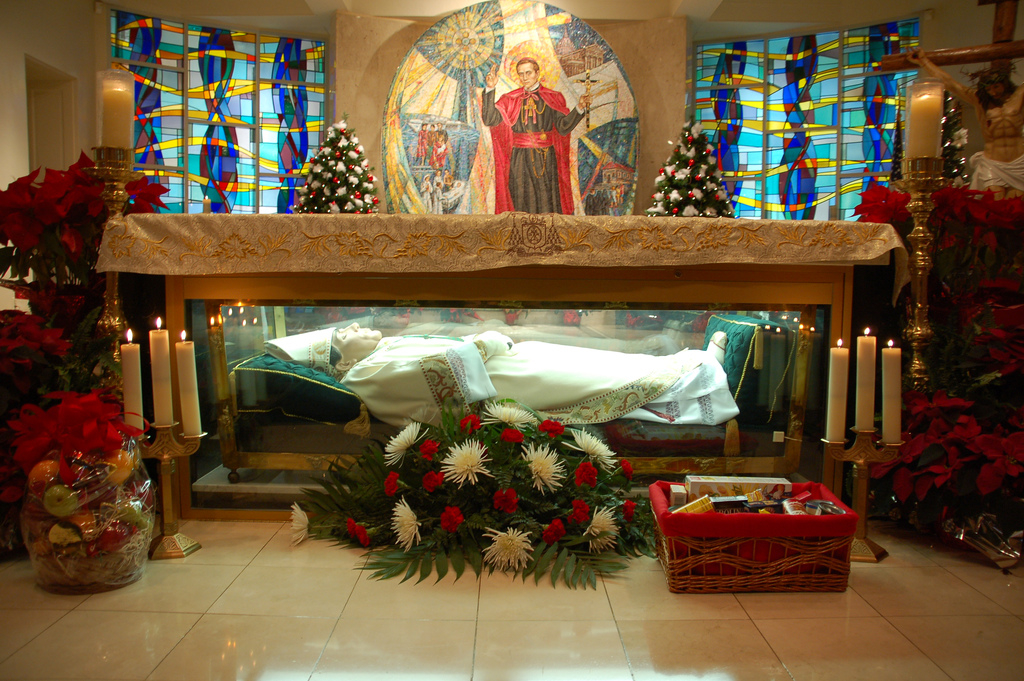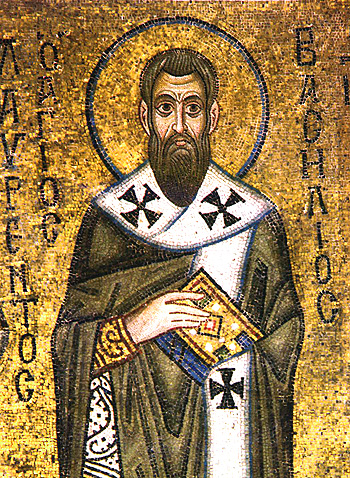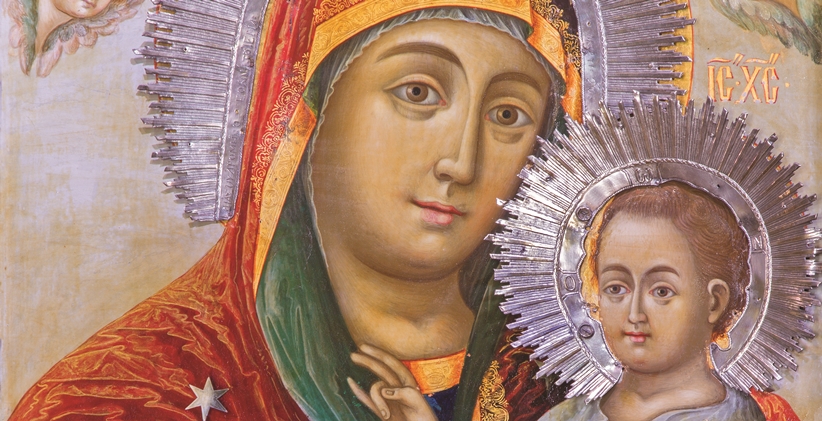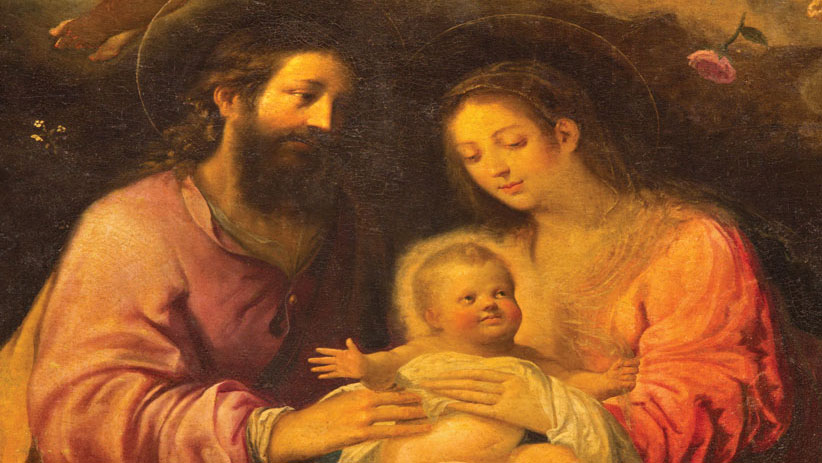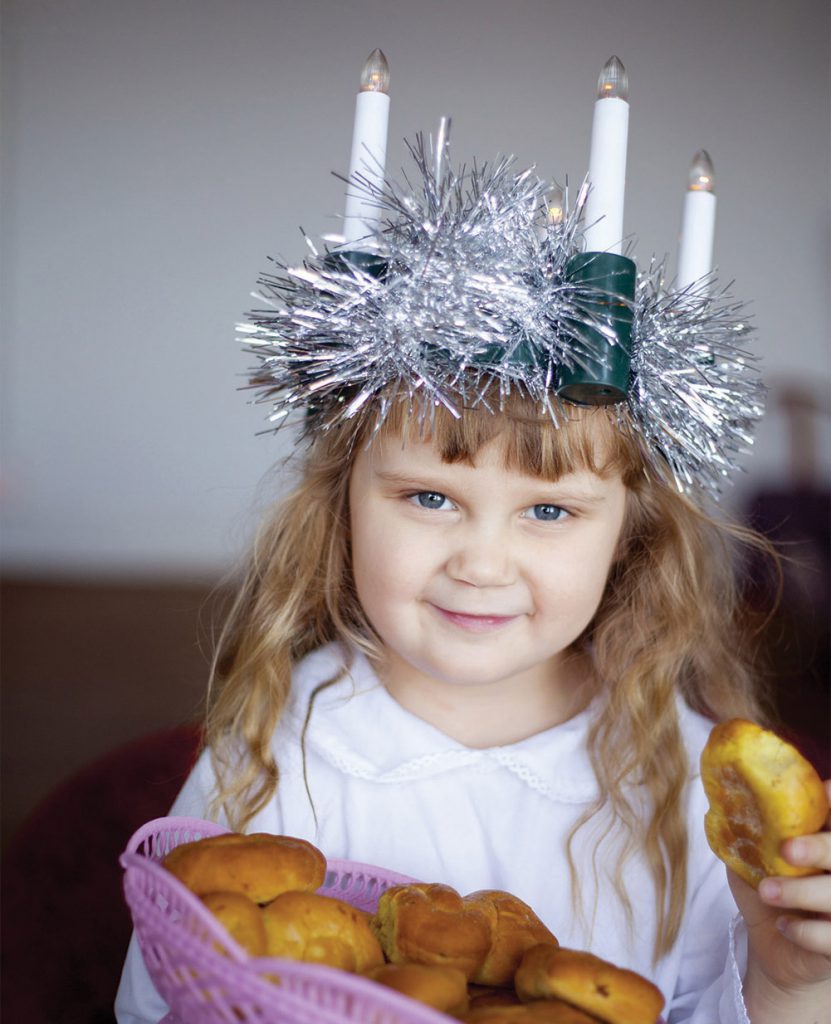When a young Bohemian immigrant arrived in New York City on a rainy June day in 1836 his hopes for priesthood were uncertain. Due to an ordination moratorium imposed by […]
St. Basil and the Holy Spirit
Jan. 2, is the memorial of St. Basil the Great, Doctor of the Church. He was an influential theologian who supported the Nicene Creed and opposed the heresies of the […]
Mary, Mother of God
Today, Jan. 1, the octave of Christmas ends with the celebration of the Solemnity of Mary, the Holy Mother of God. It is a holy day of obligation, except the […]
Feast of the Holy Innocents: Part of the Christmas Octave
Every day of the Christmas octave is filled with meaning that reflects back on the Nativity, not just the birth of Christ but the impact, the reality of the birth. Octaves can be traced back to the Old Testament, Each of these feast days within the octave continues the joys of Christmas Day and helps us in our attempt to understand the mystery of the Incarnation. Read all about the octaves online.
St. Lucy, light the way!
St. Lucy was a fourth-century martyr, whose name and feast day are associated with light. In Norway, children light candles and bring pastries called Lussekattor to their parents on the […]

